On Saturday I made up a couple of test samples to assess my isinglass batching rate.
1 pint with 1ml of isinglass
1 pint with 2ml of isinglass
At 10C within a few hours it became obvious that the ideal rate was somewhere between the two and so I dosed with 1.38ml per pint.
I then went away for three days leaving the test samples in the chiller at 10C. I have returned to this...
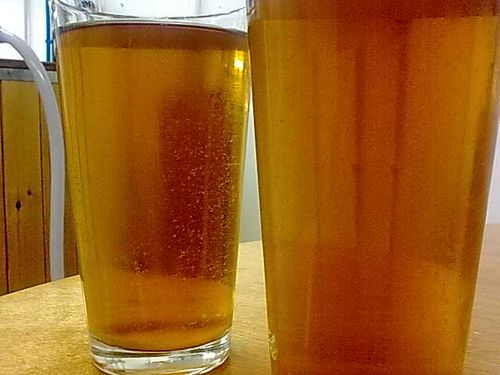
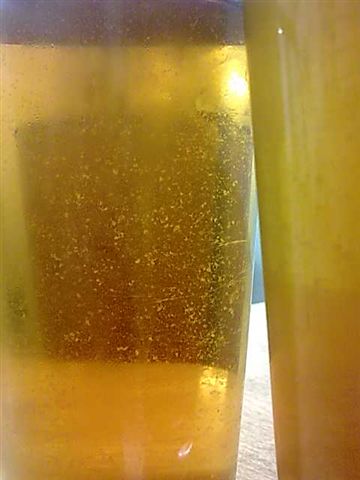
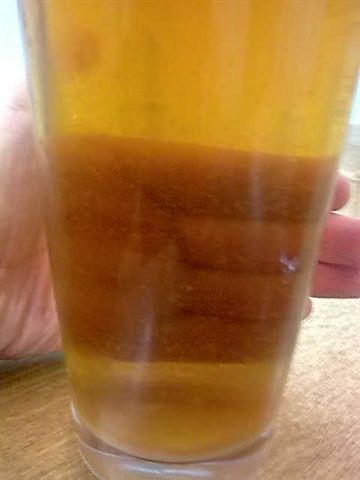
Don't know how easy it will be to see the problem in these pictures. I have a good layer of settled yeast and debris on the base of the pint glass but I also have blobs of yeast/stuff "hanging" in the pint. Both samples seem to be similarly affected...the test sample size does not seem to have produced too much difference to the result. Gut feel seems to be that I have used too much isinglass but there is definitely a settled base to the sample...so there is material to drop out.
Strange...have I used too much isinglass? Have I not used enough? Is my batch of beer ruined?
I did not want to use isinglass in the first place...and now I wish I hadn't.
Thanks in advance for any thoughts
Jon (who is a bit fed up now)
1 pint with 1ml of isinglass
1 pint with 2ml of isinglass
At 10C within a few hours it became obvious that the ideal rate was somewhere between the two and so I dosed with 1.38ml per pint.
I then went away for three days leaving the test samples in the chiller at 10C. I have returned to this...



Don't know how easy it will be to see the problem in these pictures. I have a good layer of settled yeast and debris on the base of the pint glass but I also have blobs of yeast/stuff "hanging" in the pint. Both samples seem to be similarly affected...the test sample size does not seem to have produced too much difference to the result. Gut feel seems to be that I have used too much isinglass but there is definitely a settled base to the sample...so there is material to drop out.
Strange...have I used too much isinglass? Have I not used enough? Is my batch of beer ruined?
I did not want to use isinglass in the first place...and now I wish I hadn't.
Thanks in advance for any thoughts
Jon (who is a bit fed up now)





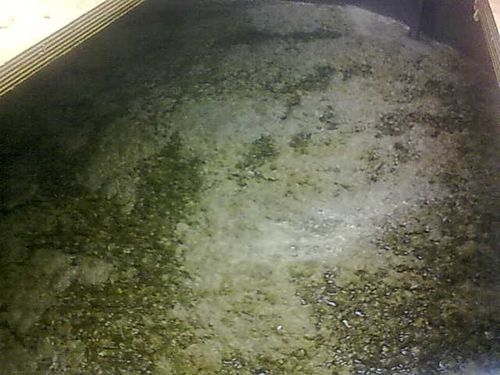
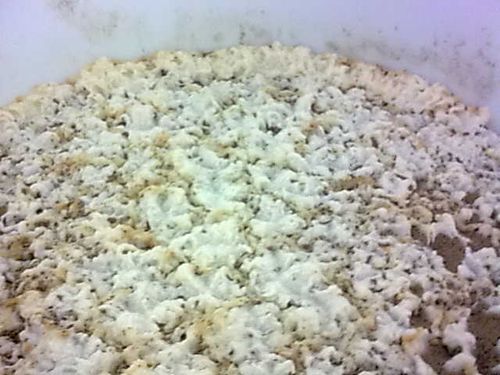
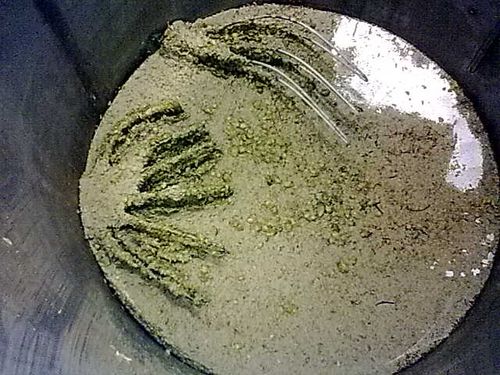
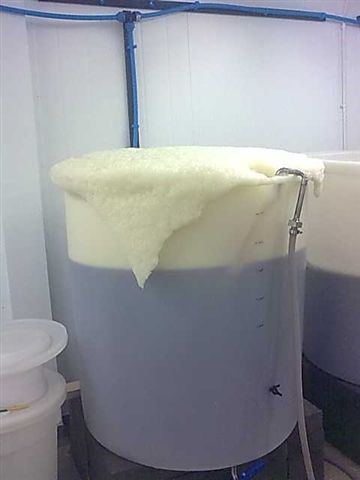

























![BREWING THERMOMETER STICKERS ACCURATELY MONITOR FERMENTING BEER & WINE LIQUID TEMPERATURES 5PCS HOME BREW SPIRITS WINE LCD ADHESIVE [US]](https://m.media-amazon.com/images/I/311DDjo2X3L._SL500_.jpg)












